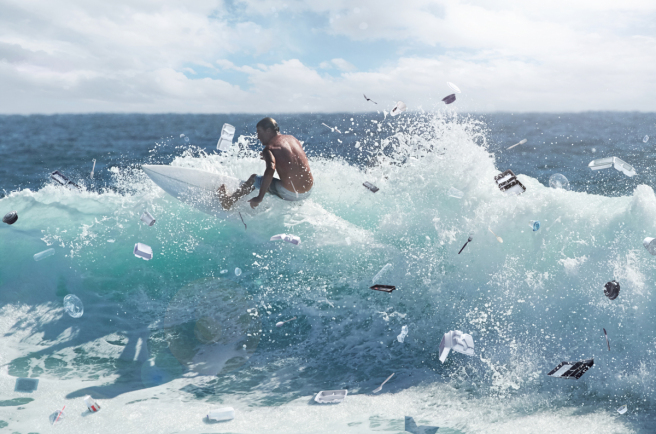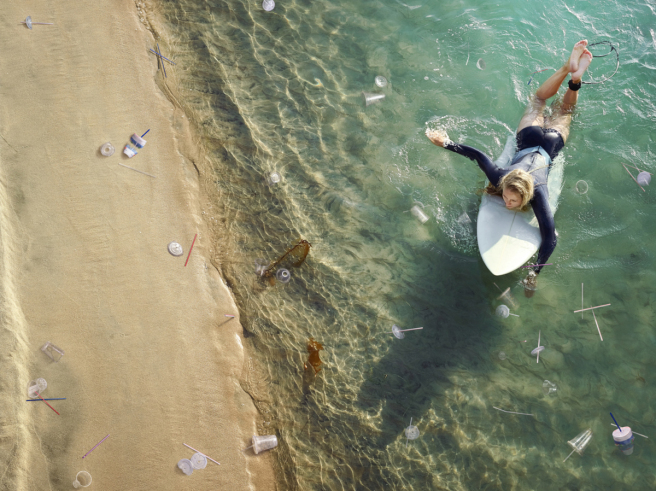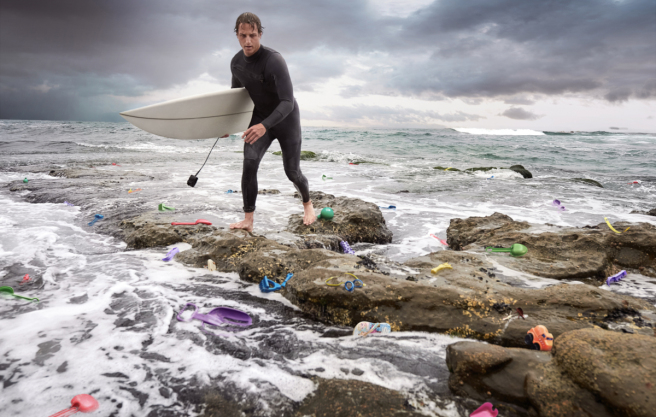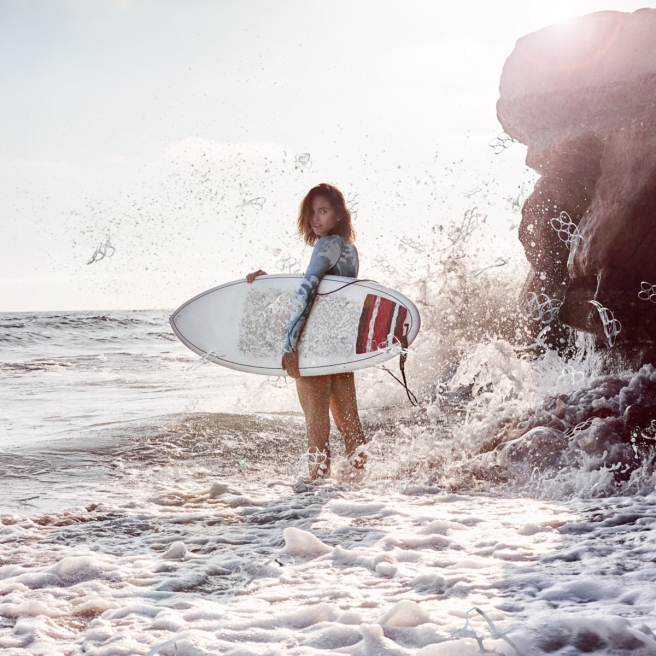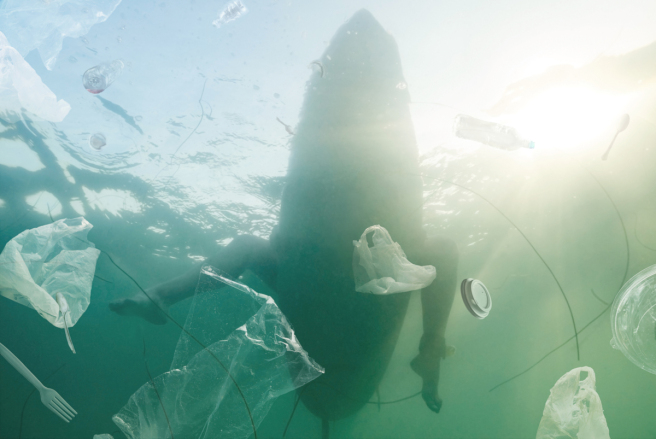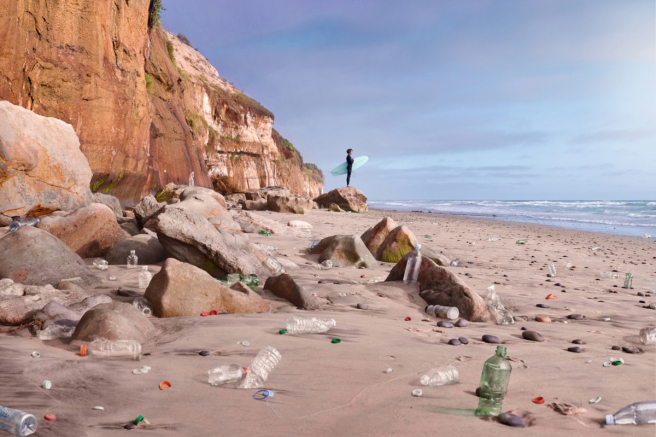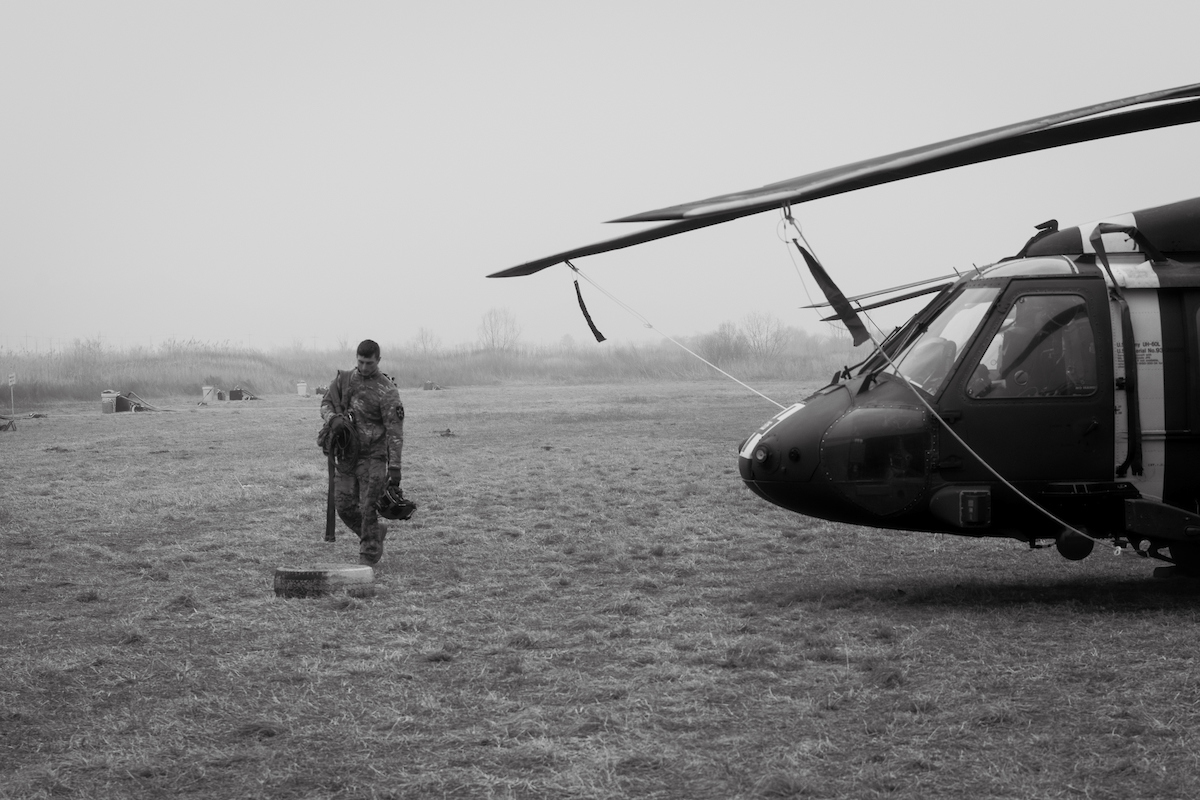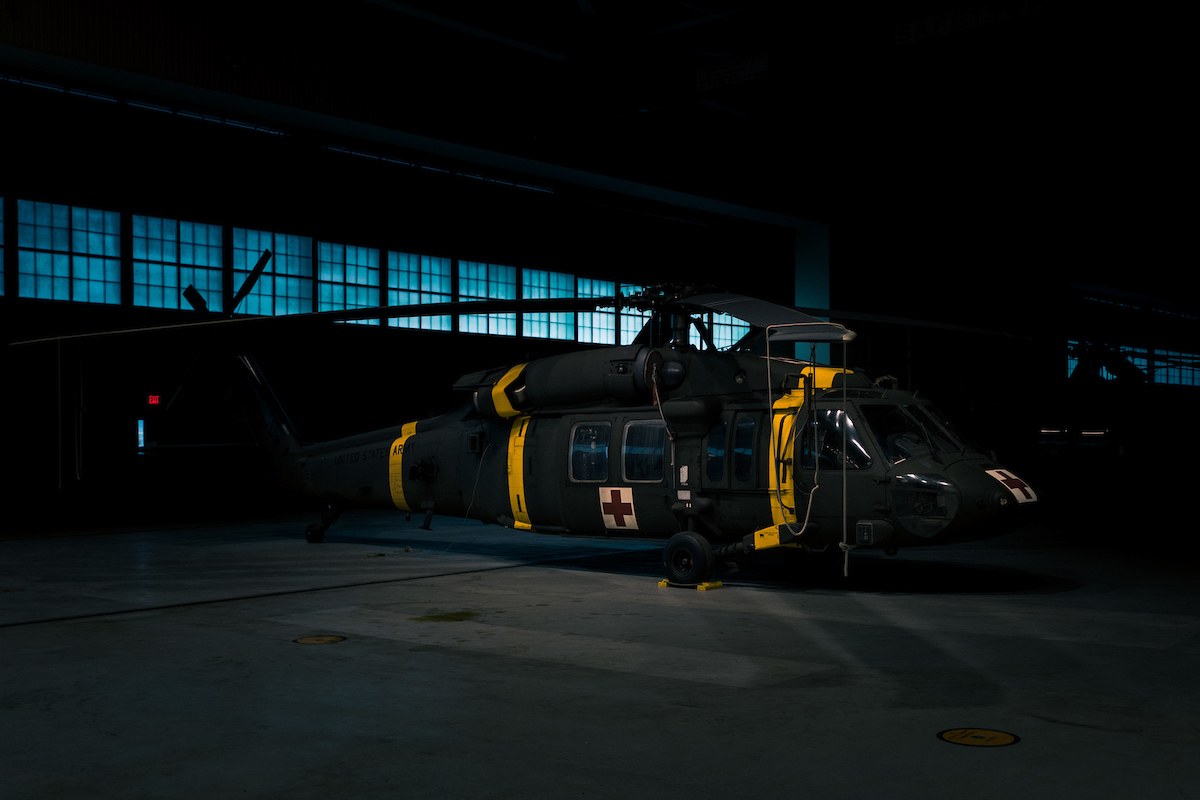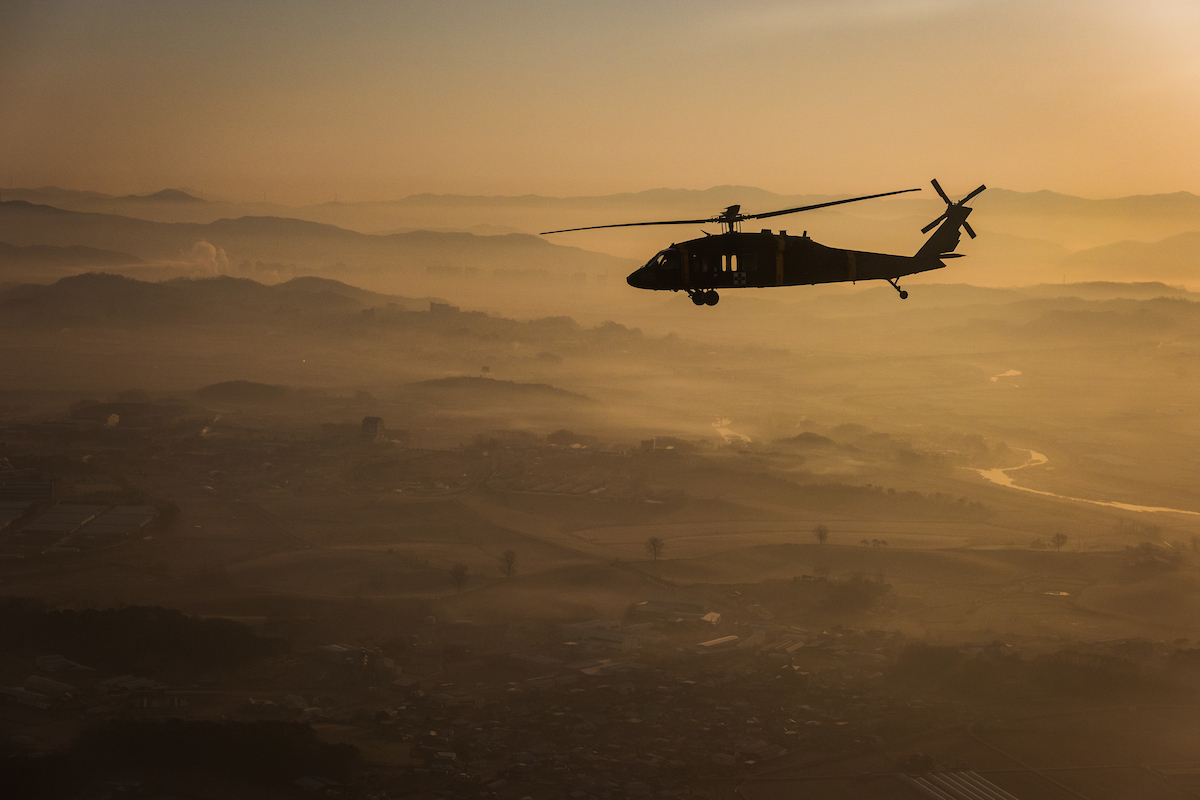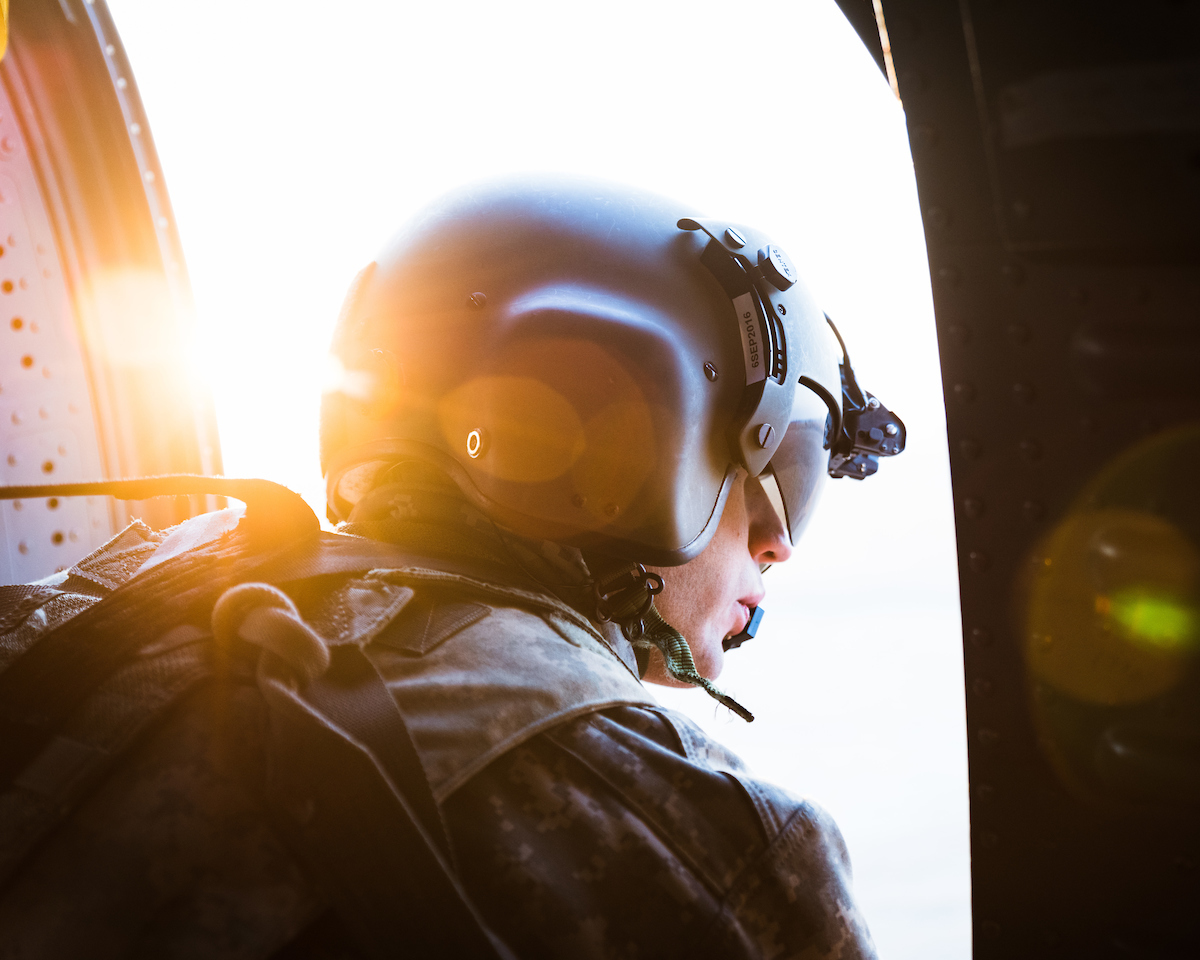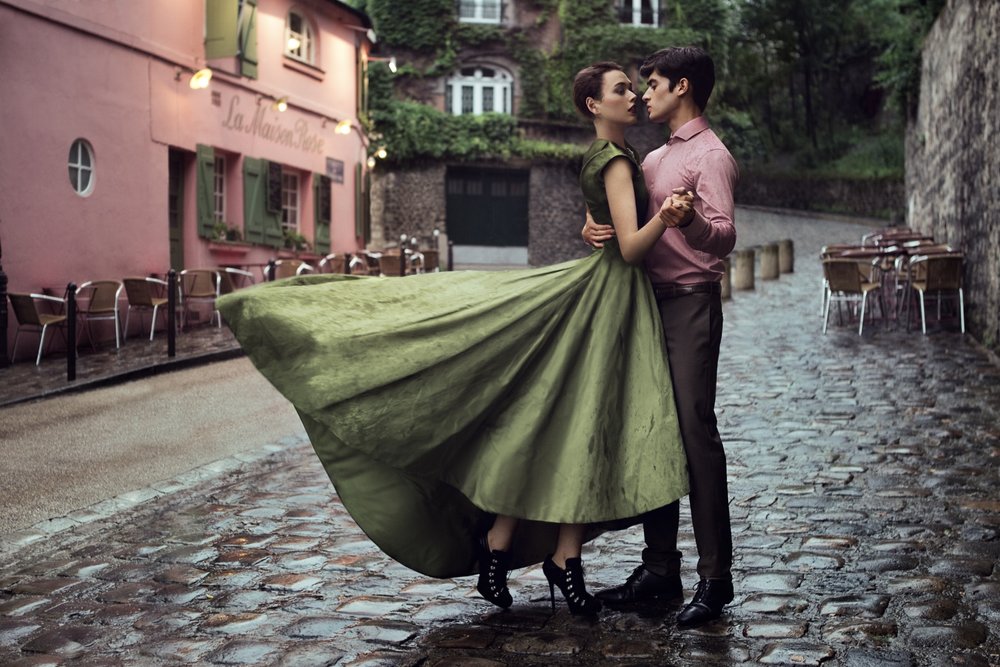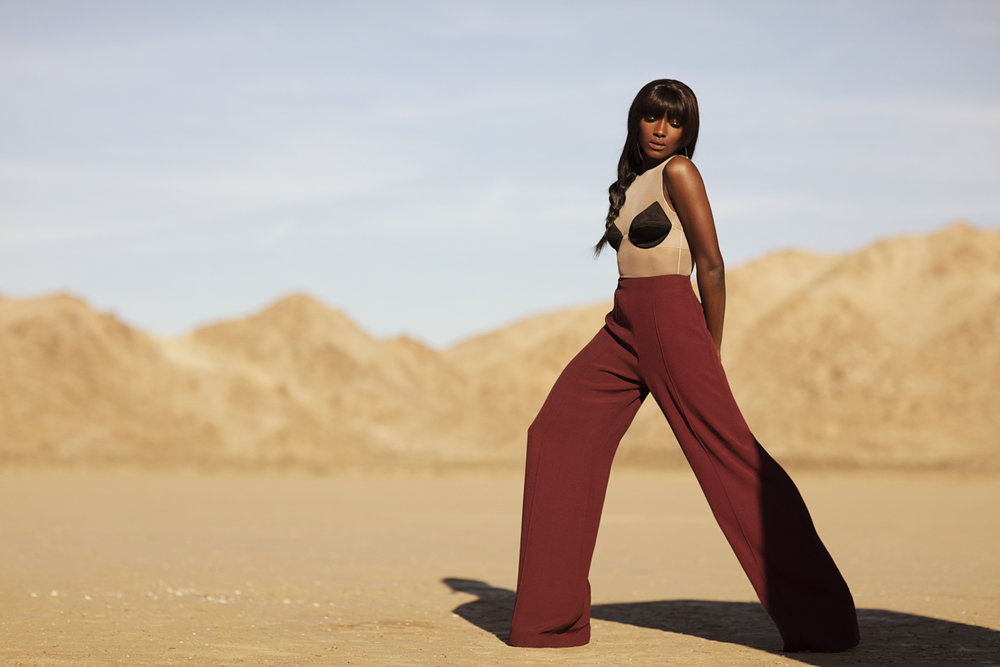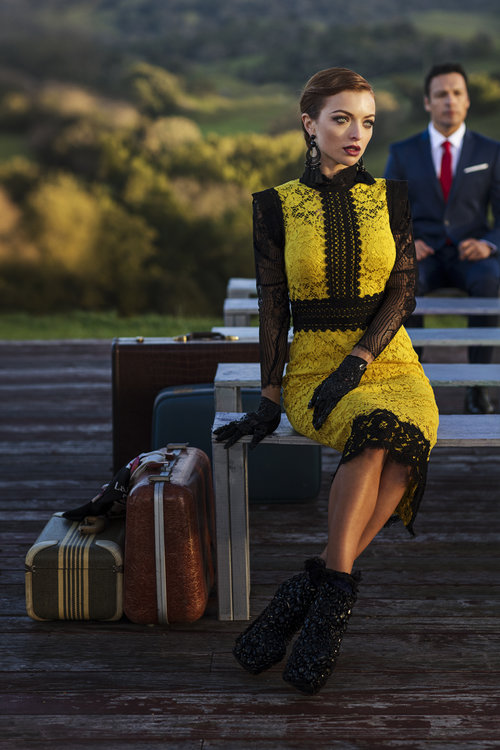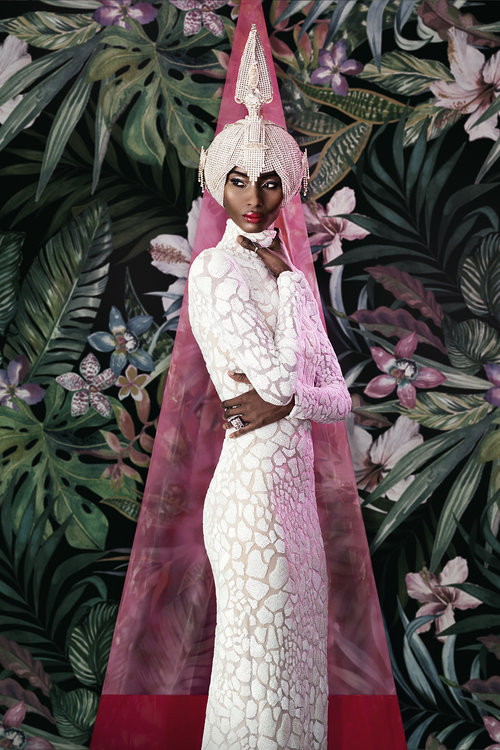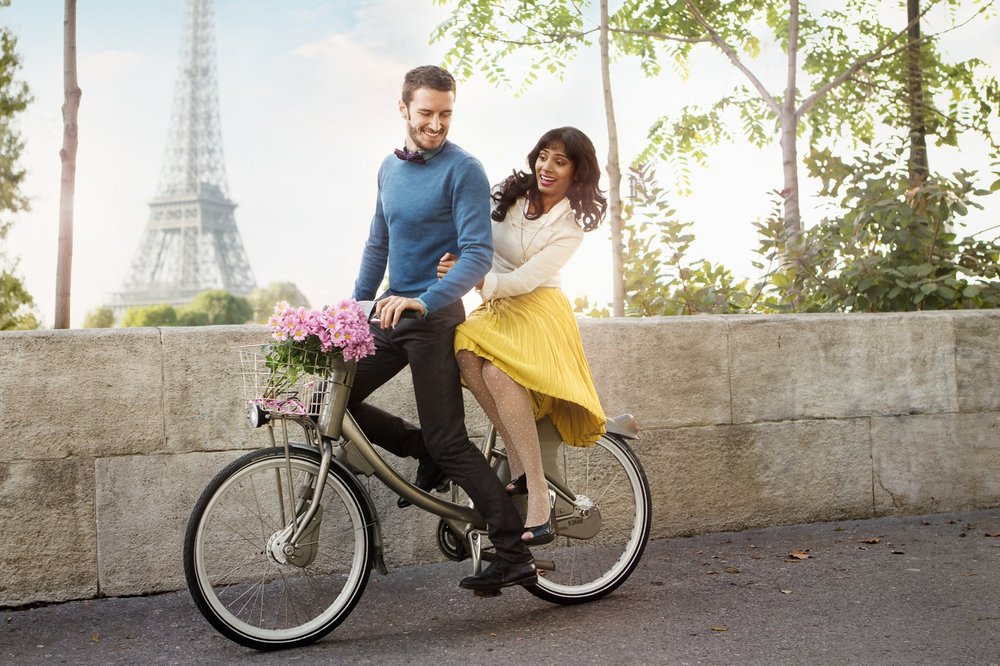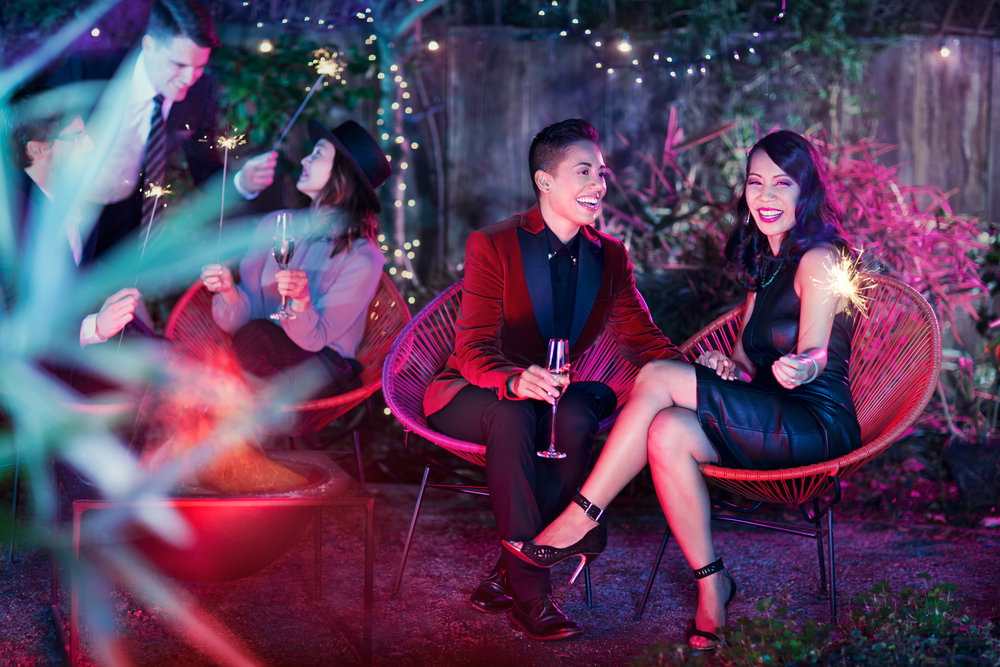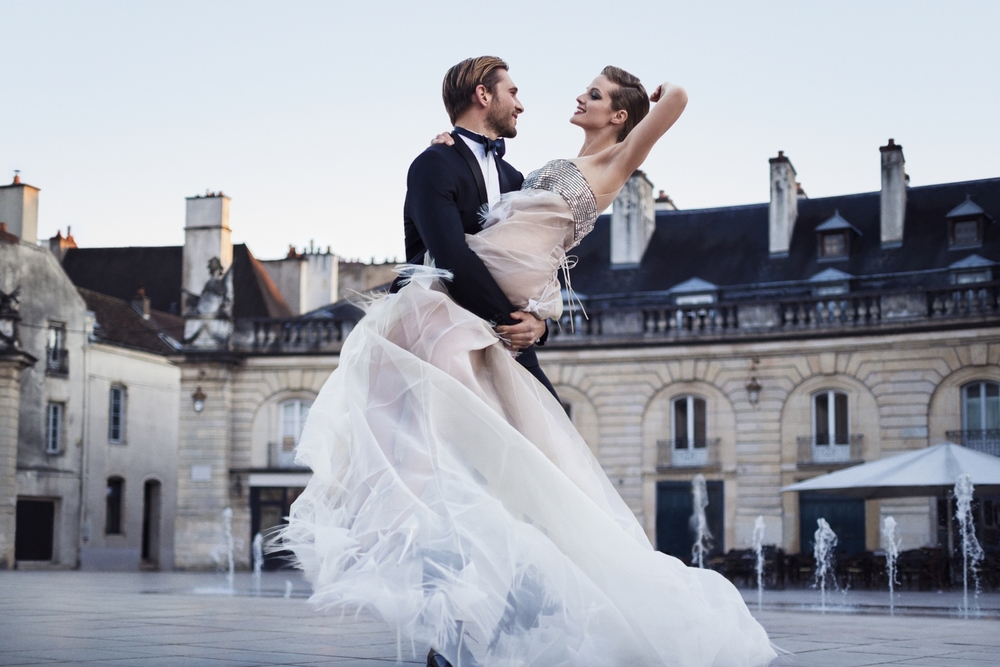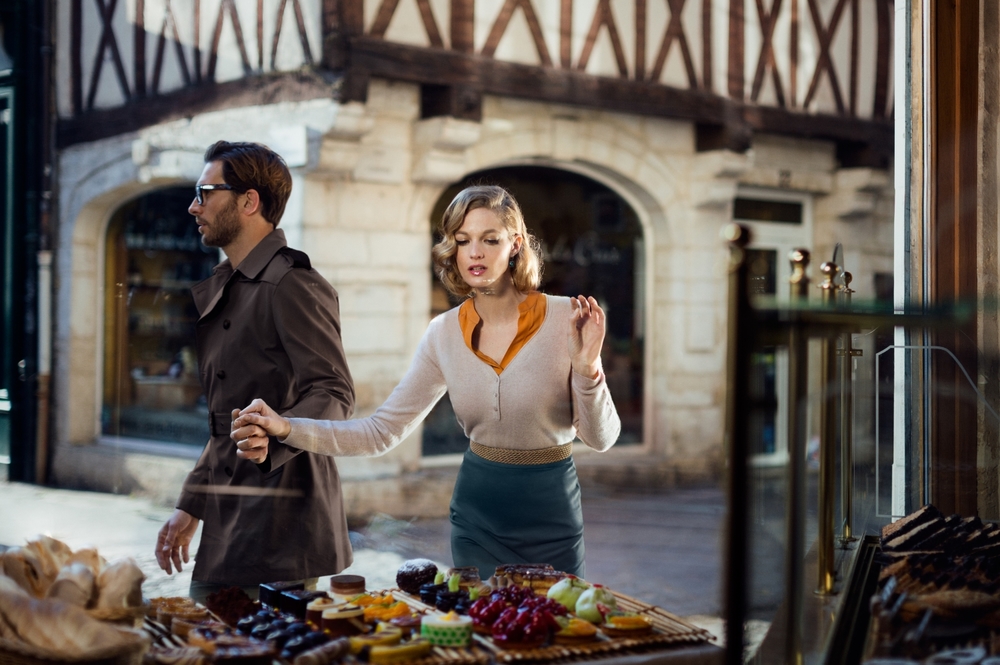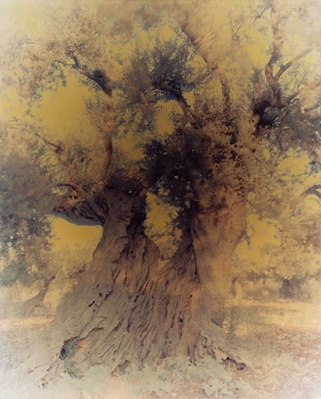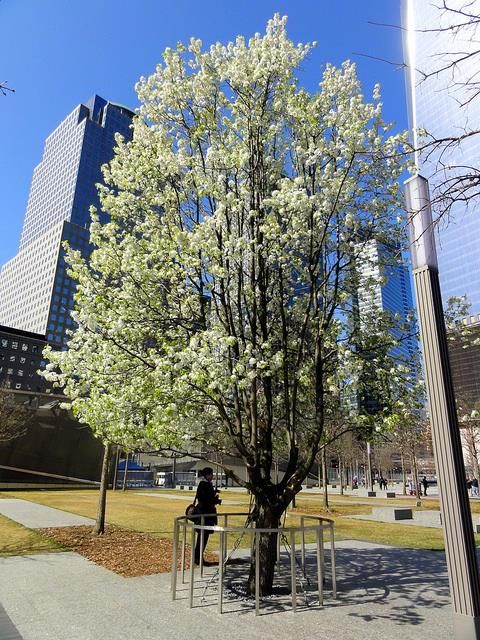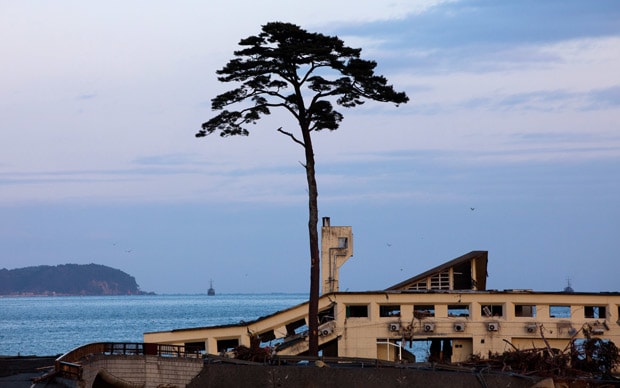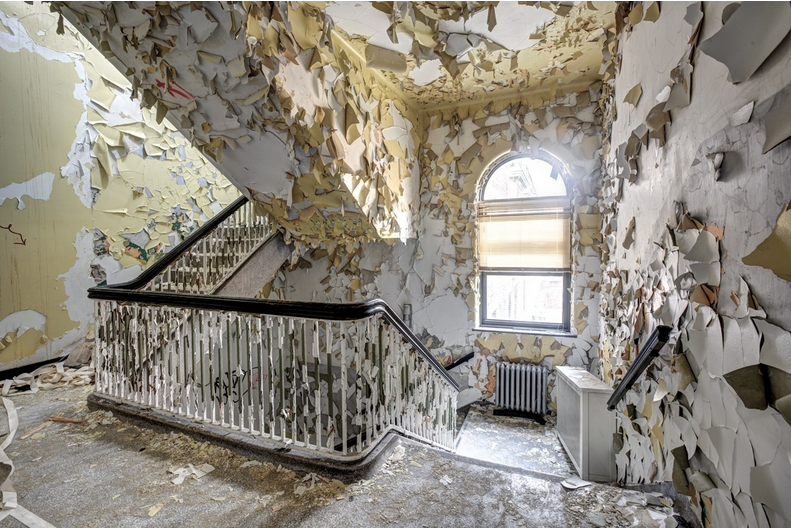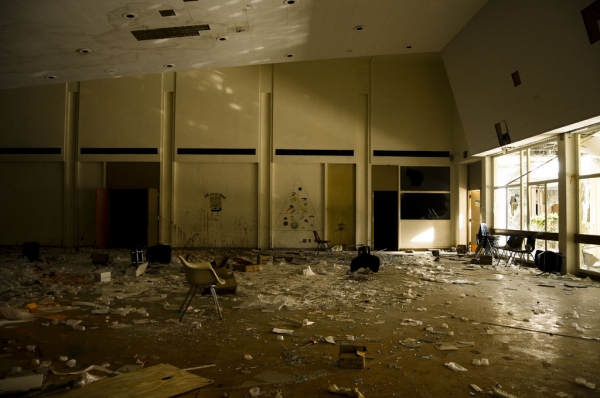by Dianne Morton
My husband and I are involved with various organizations, all very near and dear to our hearts. Our connection to such work offers us the opportunity to meet people from all walks of life. Additionally, it gives us a chance to form real relationships, which have a lasting impact on both of our lives.
As a child, my parents were involved with Guide Dogs for the Blind (San Rafael, CA), and I grew up understanding the important work of these organizations for the visually impaired. As the owner of a “career change” dog, I often took my German Shepard, Addie, to work as a distraction on the obstacle course for guide dogs in training. Over time, I recognized that a trained guide dog offers tremendous independence and companionship. When Brian and I were dating, I was pleased to learn that his parents were involved with a similar organization called Guide Dogs of America (Sylmar, CA).
Through our involvement with Guide Dogs of America, we’ve befriended a woman who lost her vision at 35. Can you imagine that? Lori was diagnosed with Type 1 Diabetes when she was a teenager. Although her disease was managed with the best available treatment, while sitting at her work desk one day, her vision ceased in one eye. Soon after, she lost vision in the other.
My friendship with Lori has caused me to pause. As a photographer, I can’t imagine my life without my camera, my passion. Yet, Lori and her guide dog, Carter, are content and happy, and she has an irreverent, hysterical sense of humor. As an active voice for Guide Dogs of America, Lori relishes her role of marketing, bringing awareness and support from many resources.
Nevertheless, I wonder: How does a visually impaired person see creatively?
I recently visited a bookstore and stumbled upon the book The Blind Photographer; of course, I purchased it, adding to my growing collection of photography books.
As I read and reviewed the photographs, the imagery from blind photographers worldwide captivated me. I was struck by the work and writing of one particular photographer, Evgen Bavčar (Slovenian, b. 1946):
“Photography must belong to the blind, who in their daily existence have learned to become masters of camera obscura.
Camera obscura has existed for a long time; it is, for example, the concept of the cave in Plato’s philosophy and later the invention of the darkroom, which photographers entered blind: in the nineteenth century, the pioneers of photography would veil themselves and join the darkness in order to better control the image appearing on the sensitive plate.
Today, the modern work runs the great danger of lacking in darkness, and one will have to seek the invisible in the quest for new aesthetic solutions. For me, photography does not only represent a medium of artistic expression; it is also a manner of reclaiming one’s right to the image, and the refusal to be another’s passive model.
All the images that I create exist beforehand in my mind and are perceived by my third eye, that of the soul.
Being a philosopher, I am passionate about art history. I sometimes meditate upon the following phrase: ‘The more visible the world grows, the more invisible the world shrinks’, and so the words of Kazantzakis come back to me: ‘Such a shame for our eyes of clay, which cannot attain the invisible’. But this world is here; it is, so to speak, within arm’s reach.”
Caligula’s Head, Naples | Itineraries | Date Unknown | Bavčar
Caligula’s Head, Naples | Itineraries | Date Unknown | Bavčar
Hand on Stone, Pompeii | Itineraries | Date Unknown | Bavčar
The Door of Fuzine | Itineraries | Date Unknown | Bavčar
Like my friend Lori, Bavčar was born with vision; however, he lost it before age 12 due to two repeated accidents. A few years later, he held a camera for the first time and took a photo of his first love:
“The pleasure I felt then resulted from my having robbed and fixed on a film something that did not belong to me. I secretly discovered I could possess something I could not see.”
Soon after, Bavčar went on to study history at the University of Ljubljana followed by philosophy at the Sorbonne. While embarking on his post-graduate education in Paris, Bavčar deepened his passion for photography; his work has been exhibited throughout the world.
What I find most interesting about Bavčar’s artistry is his inspirational explanation of his work. He places pictorial beauty within the context of blindness, a paradoxical juxtaposition for the sighted. Bavčar’s series Itineraries delivers beautifully ethereal images, which depict precisely what Bavčar imagines. With the original concept he envisions, Bavčar endeavors to translate his mental image to a physical record, which best represents the “work of what is imagined.”
Artist Statement—
ITINERARIES | Evgen Bavčar
I was only seven years old when my father died.
The most vivid memory I have of him is of a toy gun he made for me, as if to say to me: never stop fighting destiny.
I was still unaware that I belonged to a small nation threatened by others. How could I have realized then that
it would be the same for me and that I would need so much energy to defend my own identity?
I was a terrible child, who the teachers could hardly teach.
I especially liked technology and reading. One day a branch damaged my left eye, and I was unable to predict the great calamity which had been forewarned. For months, I observed the world with just one eye, until one day a mine detonator damaged my right eye as well. I didn't become blind immediately but little by little. It went on for months,
as if it were a long farewell to light. So, all the time I had to quickly capture the most beautiful things, images of books, colors and celestial phenomena, and to take them with me
on a voyage of no return.
While I still detected some traces of light and color,
I was happy because I could still see. I retain a vivid memory of the moments of my farewell to the visible world.
But monochromy invaded my life, and I have to strive to retain the palette and its hues. I color the objects and the people that I touch so that the world escapes from monotony and transparency: I know a woman whose voice is so blue that she manages to paint a gray autumnal day blue.
I came across a painter who had a dark red voice,
and chance willed that he should love this color;
that gave me a dark delight.
I sense the sun by its thermal effects, but I can make mistakes. One day something happened at a friend's home,
whose apartment I didn't know well; as I know where the window is in advance by the noise in the street, I said:
"The sun is strong today!", but I was unaware that it was
a radiator that gave us heat. We laughed together.
At the beginning of my blindness, when I took it more seriously, I used to wear very dark glasses to exaggerate
my condition; nowadays I use clear glasses to look like
an intellectual.
In museums or in exhibitions I enjoy the presence of all
the silent gazes, the sound of steps that I perceive even
when listening to the voice of my guide, who tries to convey his own gaze to me. Sculpture, on the other hand, gives me
an immediate aesthetic feeling, insofar as I have been given permission to touch the statues, something that is not very common. To touch them is my own way of penetrating the myth of Eros and Psyche, which in every other way
I am outside. The pale reflection of the oil lamp which for
me symbolizes the world of appearances has disappeared.
The nostalgia for those inaccessible realities and the desire
to embark on the road that leads to them remains.
The intellectual nature of my perception urged me to take
my first photos one day, but without any artistic pretension. The smooth surface of the images taken by the camera do not look at me, I only have the physical proof of landscapes and people that I have seen or met. That is to say, my gaze exists only through the simulacrum of the photo that has been seen by someone else. That gaze makes me happy and induces
the images to come to life inside me.
There is also the mystery of the human gaze that greatly interests me; in my photos, in fact, the people appear very different before the lens and before themselves.
They are different when faced with an unknown or infinite darkness. The absence of the photographer's eye is accentuated by the precarious irreversible moment of taking
a photo; that photo which by coming from a hidden gaze is transformed into a kind of double death. The people who are photographed cannot see themselves in the usual way:
that complicity between the photographer that confirms them in their narcissism is implicitly missing.
So what is a gaze? It is perhaps the sum of all our dreams
in which we forget the nightmare, when we can look in
a different way. Besides, darkness is no more than an appearance, given that everyone's life, however dark,
is also made up of light. And in the same way as the day often breaks with birdsong, I have learnt how to distinguish
the voice of the morning from the voice of the night.
Self Portrait | Date Unknown | Bavčar
Personally, I find that understanding a blind person’s ability to photographically communicate what is imagined is impossible—and incredibly inspiring. The use of memory, past experiences, and emotions offers Bavčar a magnified way of seeing. He also graces his audiences with his capacity to create artwork against all odds and his ability to interface a fantastic view of the world.
Resources
Gooding, Mel. “CNN Style.” http://www.cnn.com/style/article/the-blind-photographer/index.html. Web. 9/27/2017.
Gooding, Mel, and Julian Rothenstein, ed. The Blind Photographer. London: Redstone Press. 2011.
O’Hagan, Sean. “The Guardian.” https://www.theguardian.com/artanddesign/2016/aug/20/blind-photographers-talk-about-their-work. Web. 9/30/2017
Sumitra. “Oddity Central.” http://www.odditycentral.com/pics/evgen-bavcar-the-blind-photographer.html. Web. 9/30/2017.







![Walker Evans, Truck and Sign 1928-1930 [7] [9]](https://images.squarespace-cdn.com/content/v1/55ccfc39e4b0ff38cd532d8c/1508538093787-VLHSTOXG3ASMJOCE5SKZ/WalkerEvansTruckAndSign.jpeg)
![John Constable, Mill at Gillingham, Dorset, 1825-1826 [4]](https://images.squarespace-cdn.com/content/v1/55ccfc39e4b0ff38cd532d8c/1508538157946-KGU2FLFUDAKZMNAME9W5/JohnConstableMillAtGillinghamDorset182526.jpeg)
![J.B. Jackson, Collins, Hot Coffee [3]](https://images.squarespace-cdn.com/content/v1/55ccfc39e4b0ff38cd532d8c/1508538228916-SHJQMTQKD1BTA0K1ABKJ/static1.squarespace.com.png)

![Walker Evans, Couple at Coney Island, New York, 1928 [5]](https://images.squarespace-cdn.com/content/v1/55ccfc39e4b0ff38cd532d8c/1508538378817-85OT3RBZY411ZCPTBURU/WalkerEvansCoupleConeyIsland.jpeg)


